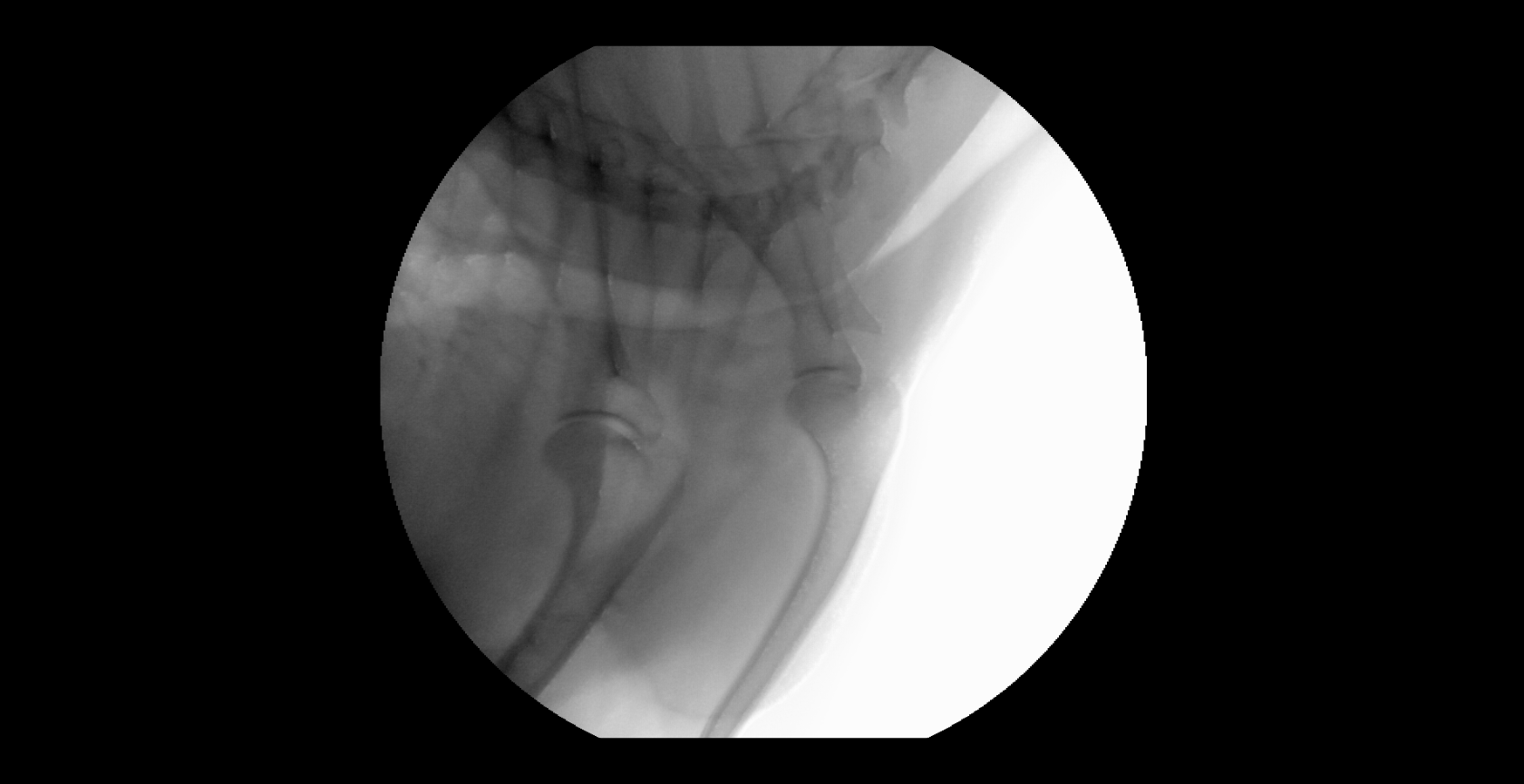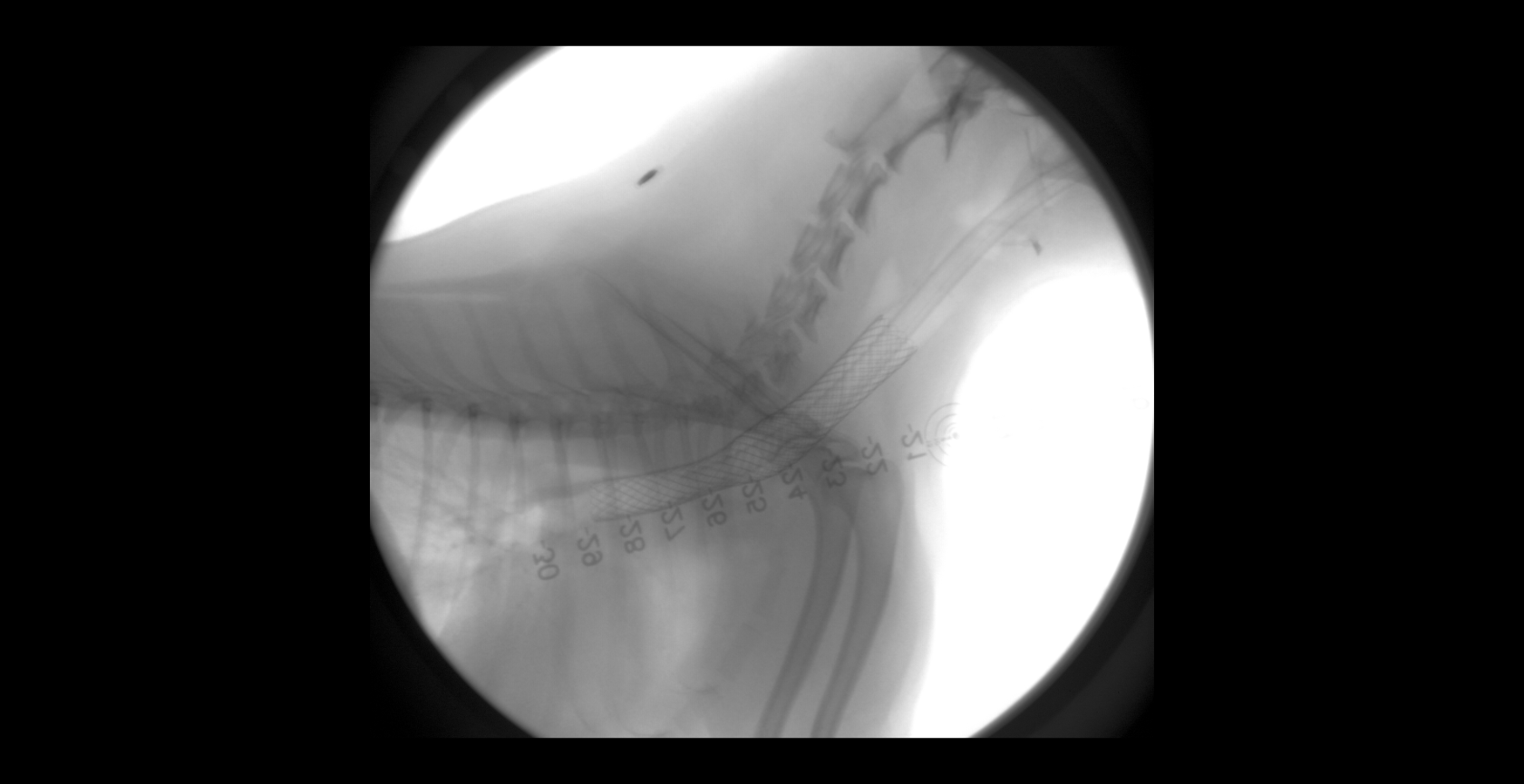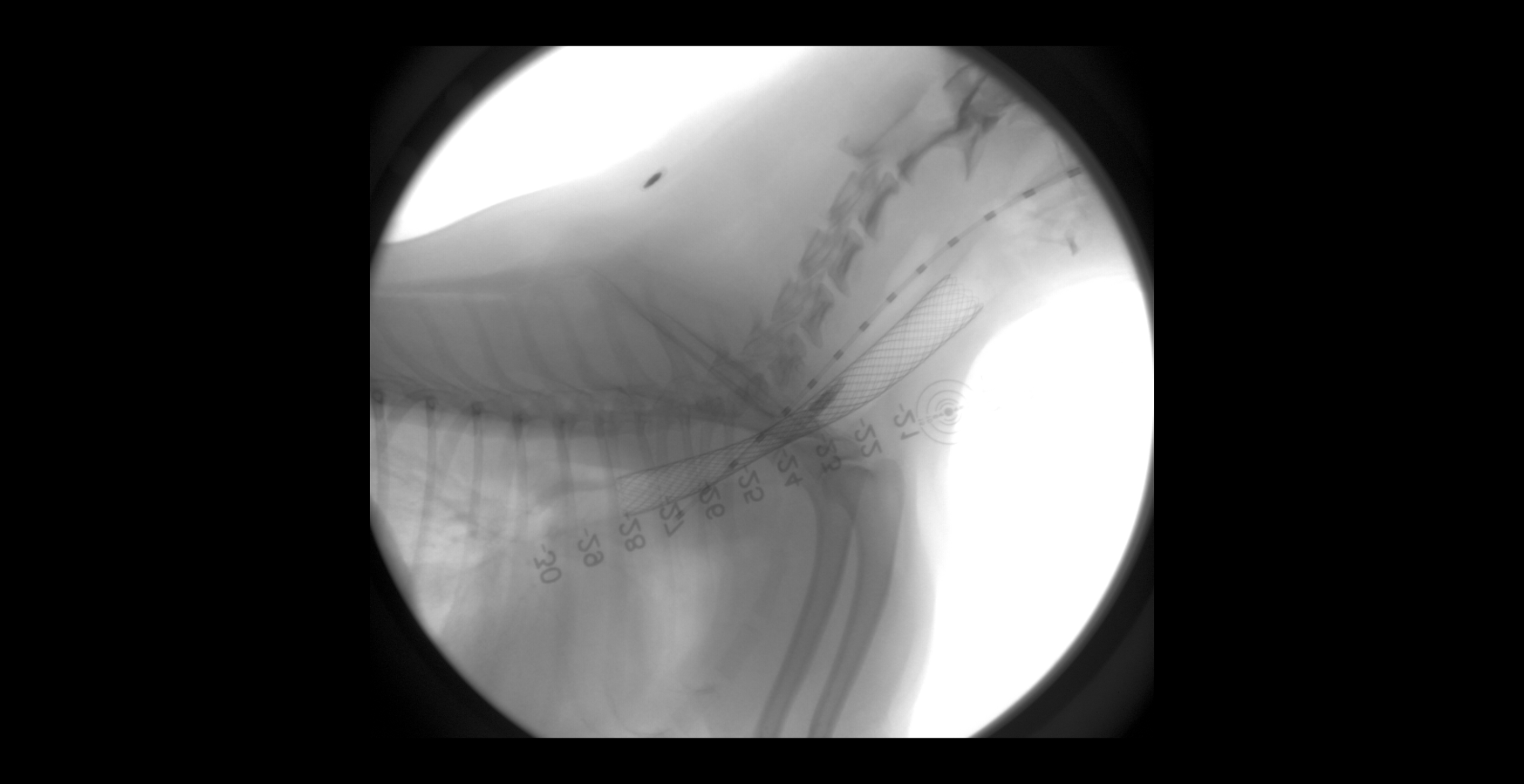At Home Care For Cat’s
EATING AND ELIMINATION
It can take up to two weeks for your cat to return to normal eating and elimination habits. Small improvements are normal. However, if your cat shows no interest in food or appears nauseated (drooling or aversion to food), please contact MISCA. It is not uncommon for a cat to need an appetite stimulant to jumpstart their appetite after a major procedure or hospitalization.
Anesthesia, fasting, interventions, and medications can slow down the gastrointestinal tract. You may not see your cat defecate for several days to even a week after a procedure. You may feed a small amount of canned pumpkin with your cat’s meal to assist defecation. Contact MISCA if your cat strains to defecate or seems uncomfortable.
In general, a cat’s medications are usually not administered in the food unless directed by your care team. This can prevent proper dosing of the medication and can contribute to a loss of appetite.
AT HOME MONITORING
If your cat has an incision, look at it daily. It can be helpful to take daily pictures of the incision for monitoring purposes, and these can be sent to your cat’s care team if a concern arises. Contact MISCA if you see any increase in redness, swelling or discharge of the incision(s).
PAIN CONTROL
Monitoring pain control in cats can be difficult. It is not uncommon for a cat to sleep more and have minor behavioral changes after a procedure or hospitalization. A painful cat often will not move or may vocalize when touched. An increase in breathing rate can also occur. Contact MISCA if you are concerned that your cat may be painful.
MISCA often will use a pain medication called Nocita® for prolonged pain control of the incision. This provides local pain control for up to three days after a procedure and can cause minor bruising around the incision. The incision should never have open gaps, an odor, or discharge that is not clear or red-tinged. Contact MISCA immediately if your cat experiences any of these signs.
Buprenorphine (Buprenex®) is often prescribed for short term pain control for cats after a procedure. This is a liquid that is absorbed on the cat’s mucous membranes. It is usually administered under the tongue or inside the cheek pouch to absorb on the gum line. This medication does NOT need to be swallowed and should NOT be placed on the food.
FOLLOW UP APPOINTMENTS
Make sure your cat returns for all recommended recheck appointments. Contact MISCA to change or reschedule as needed. Since veterinary visits can be stressful for cats, a recheck is sometimes not performed especially after minimally invasive procedures. In this case, make sure you have a scheduled time or method to be in contact with your cat’s care team for a follow up discussion.




